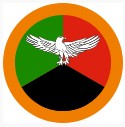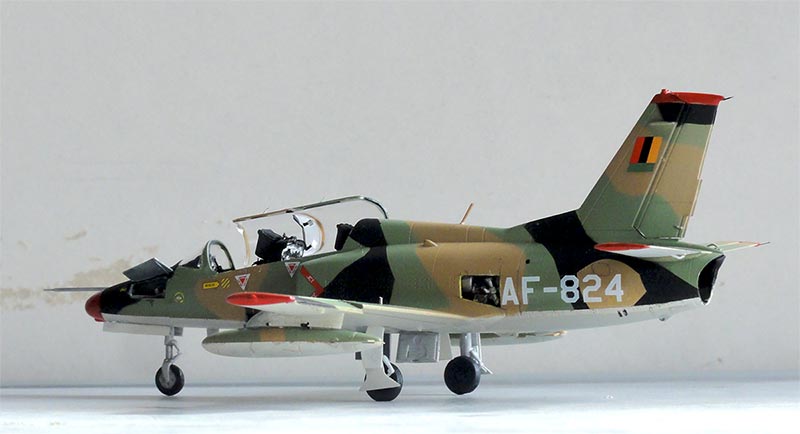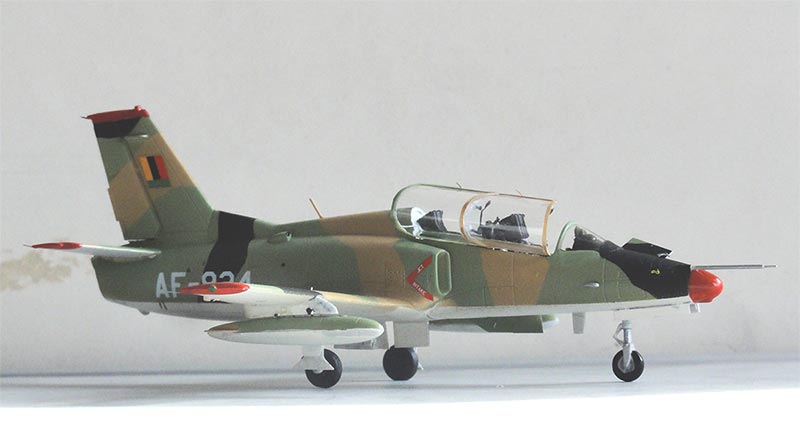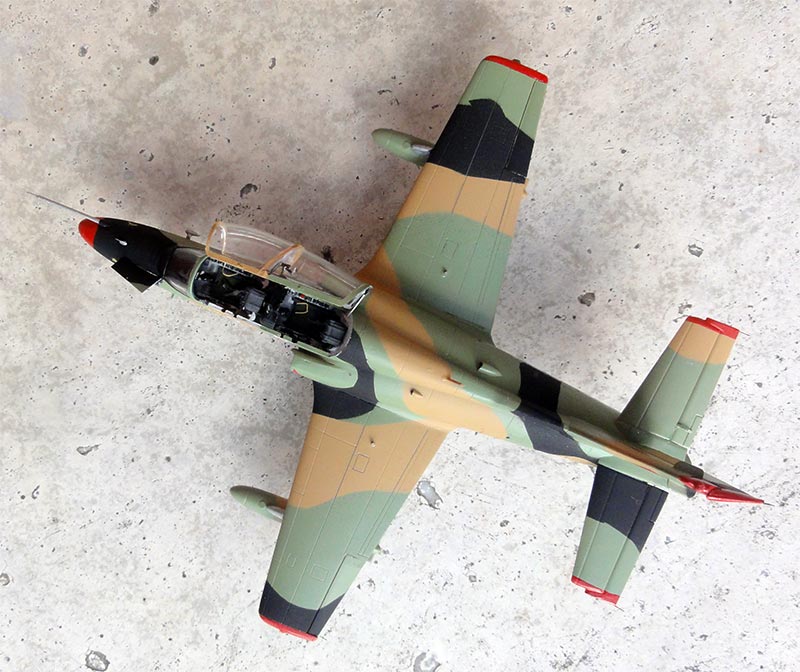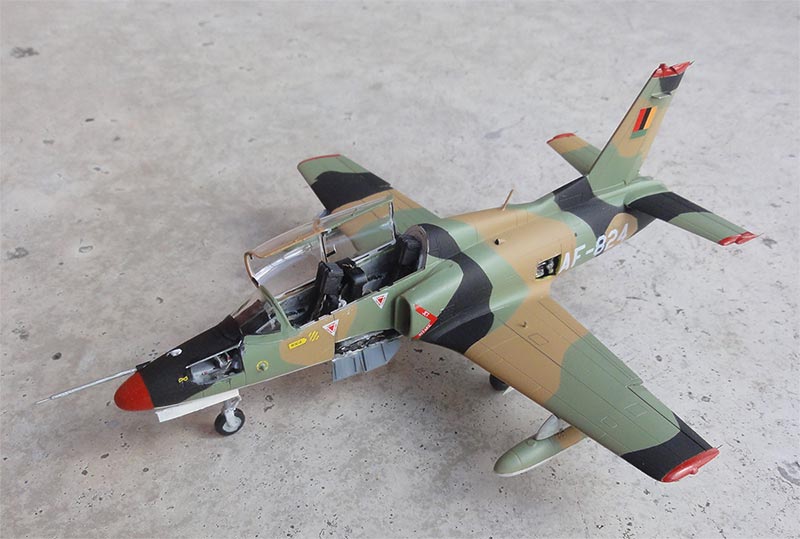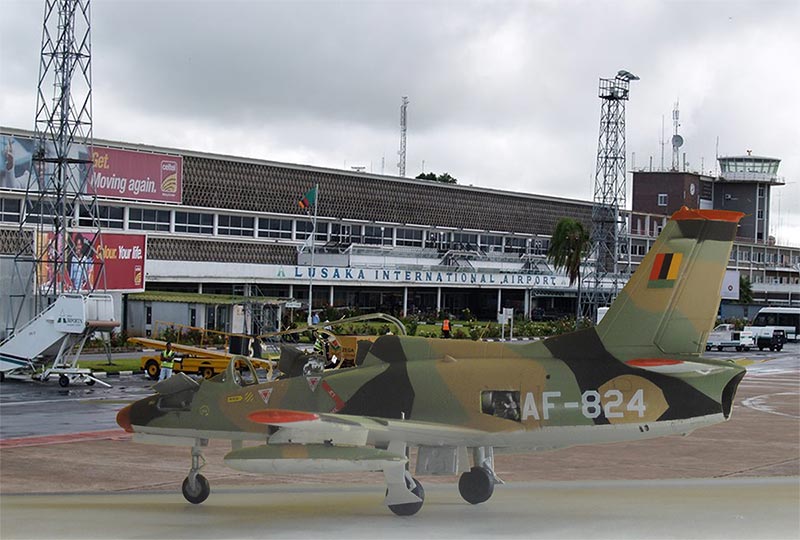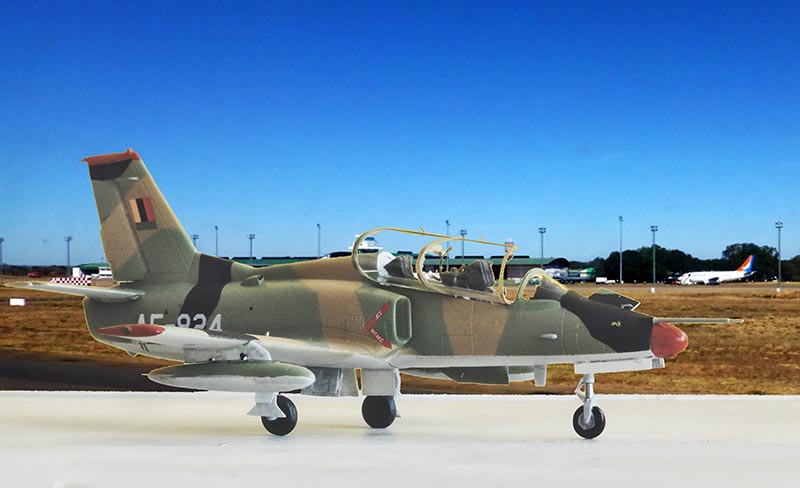[ page 3 ]
K-8 trainer in 1/72 scale: modelling report
As noted on previous pages, a number of additional 1/72 Trumpeter K-8 kits were to be made.
![]()
Another K-8 kit was made similarly as described above and one page 1. The scheme is for a Zambia Air Force K-8, using decals from the El Presidente set. On this model it was decided to open up a few maintenance hatches and separate panels. On the internet I found a couple of photos showing these. With a razor saw and X-acto knife these were opened up.
Inside the fuselage, some cart closed the bays.
Colours were estimated looking at photos and picked were for airbrushing these acrylics: - off white lower surfaces Gunze Sangyo 311 (about FS36622); The wing tips, nose, stabilizer tips and tailfin tip were painted bright red.
Sharp edge masking was done with low tack tape.
Decalling was next before adding the detail parts. No real roundels are seen on the aircraft, merely the flag on the tail. Some scrap details were added inside, a bit of educated guess.
A couple of fuel tanks were installed under the wing. The spine antenna set in place, a little more positioned aft than the kit part position. The rest of the model completion followed the same approach as described before on page 1.... A semi matt varnish was applied after completion as usual (see above how). A nice K-8 with some added detail! | |
|
Colours were set using these acrylics:
- lower area light grey Gunze Sangyo 324 (about FS36307);
- dark brown camo Revell Aqua 85 "braun" ;
- green camo Gunze Sangyo 312 (about FS34227).
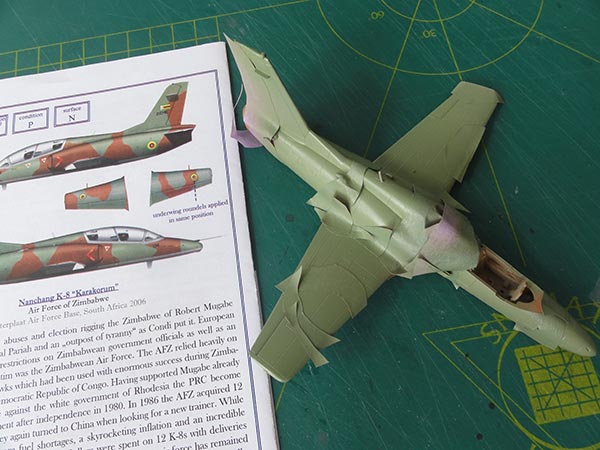
Again masking was done between the colour applications with low tack tape.
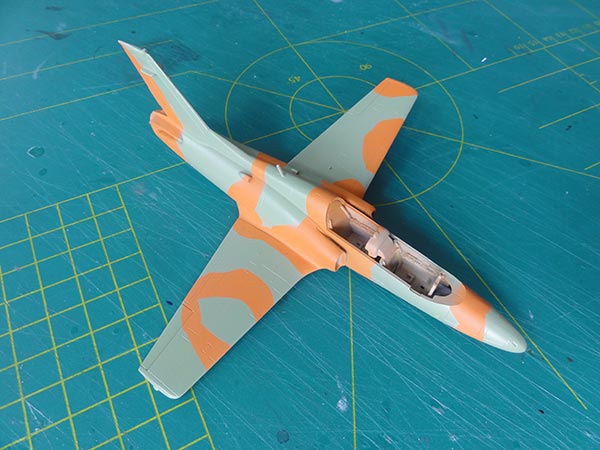
Detailling was done as on the previous K-8 kits.
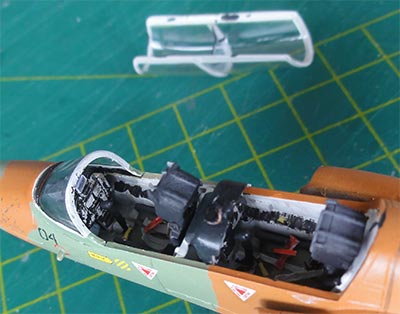
After completion, a semi matt varnish was airbrushed (as described above).
..
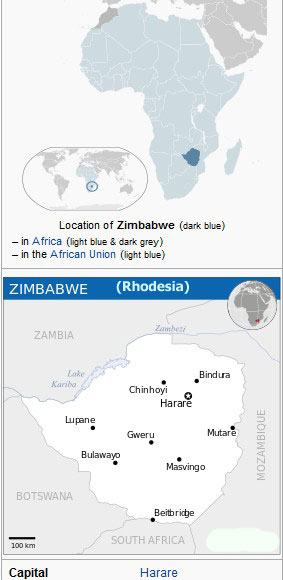 .....
..... .. ..
.. ..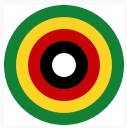 .
.  fin flash
fin flash[area: 390,757 sq.km | population: 15 million | capital: Harare | GDP per capita nominal: 1,400 USD ]
Zimbabwe became independent in 1980 and was the former Rhodesia (and before 1962 in the Federation "Southern Rhodesia" with Zambia being "Northern Rhodesia"). Rhodesia was part of the British Commonwealth and an air unit was established in 1935 with aircraft types used as the Hawker Hart biplane, Spitfires and after the war Vampire jets. During many years a "bush war" was fought. Rhodesia became an independent republic in 1970 and the air force was renamed Rhodesian Air Force. After more political changes Mugabe came into power. In 1980 Rhodesia became Zimbabwe with the air force called the "Air Force of Zimbabwe". Types acquired were 8 Hawk mk.60 with an additional 5 Hawk mk.60A in the nineties. A few transports and helicopters were also flown. Chinese influence grew and some Shenyang F-5 and F-7 fighters were acquired in 1986 and from 2000 a few MiG-23 provided by Libya's Khadaffi. In 2005 types are a dozen Chinese Hongdu JL-8 (K-8) that were obtained despite dramatic economic conditions. They replaced the few Hawks left. The JL-8 provides some combat capability though they are probably used as trainer only. Basic training is done with two dozens of SIAI-Marchetti Sf.260 prop trainers but these can also be armed. Some Mil helicopters are also used and even a dozen or so Alouette III helicopters. Small transports are BN-2 and CASA C212.
Main bases are at Harare (Manyame) and Gweru (Thornhill). November 2017 Mugabe was forced to step down after military pressure at an age of 93.

Hongdu JL-8 (K-8) Zimbabwe air force, code 210 4E of no.2 Cobra squadron

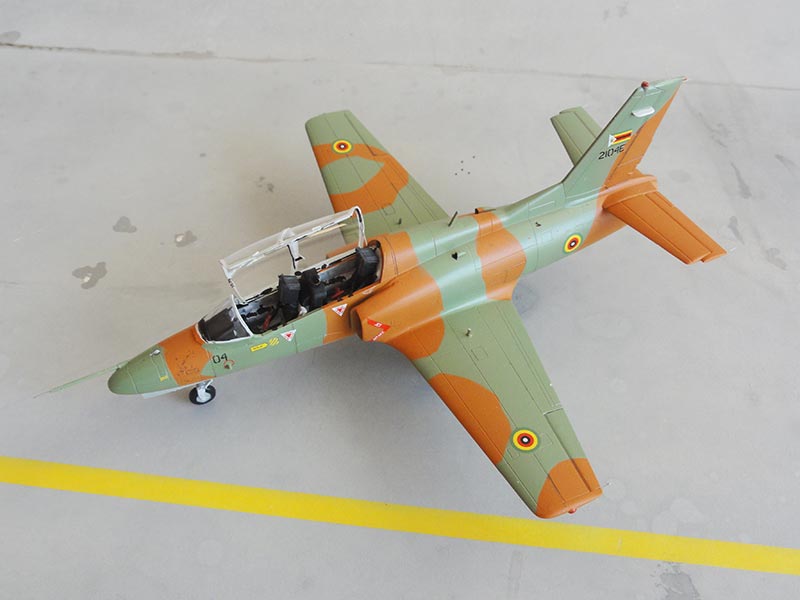
. and seen at HARARE AIRPORT, Zimbabwe

El Presidente provides again the decals but indicates that the scheme at that time was not clear. This is indicated in the decal instructions. But luckily some photos were found showing the scheme. Base colours are white and red. It appears no black cheat line is present on the red-white demarcations. On the wing and stabilizer red stripes run parallel to the larger red areas.
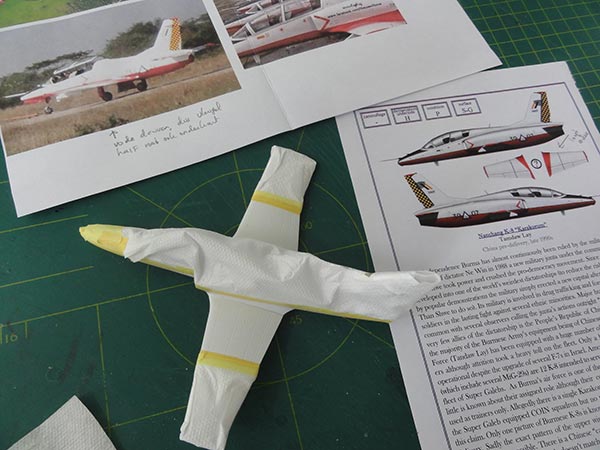
The white base is the overall colour and the red areas after masking with Tamiya masking tape were airbrused with Gunze Sangyo 327.
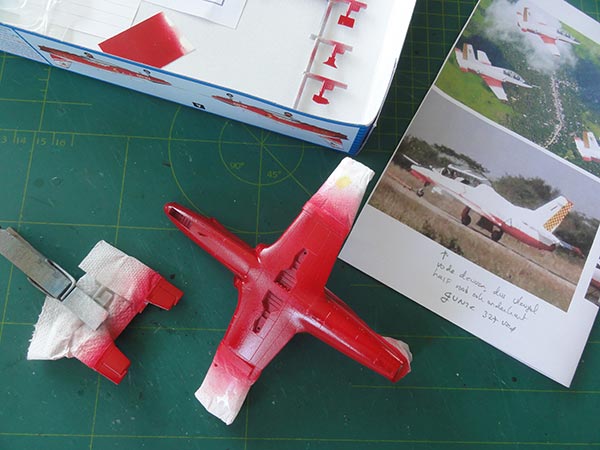
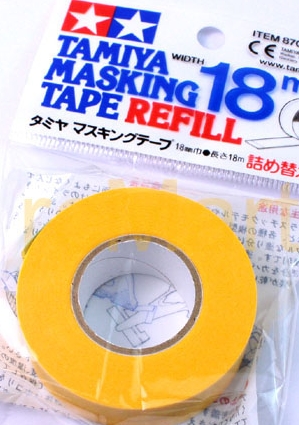
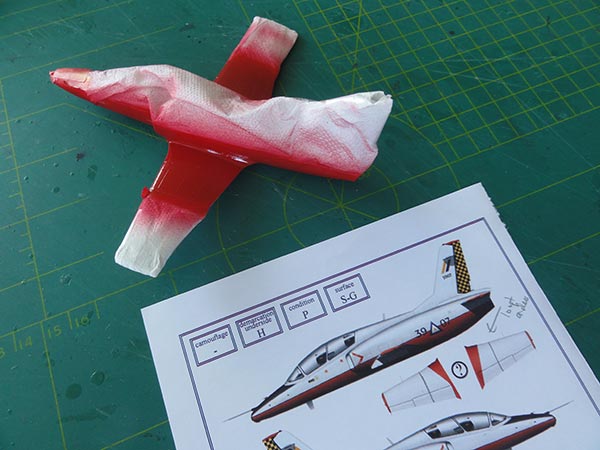
The El Presidente decals are OK but a bit opaque, so I had to add a white triangle decal from the decal box below the national markings.
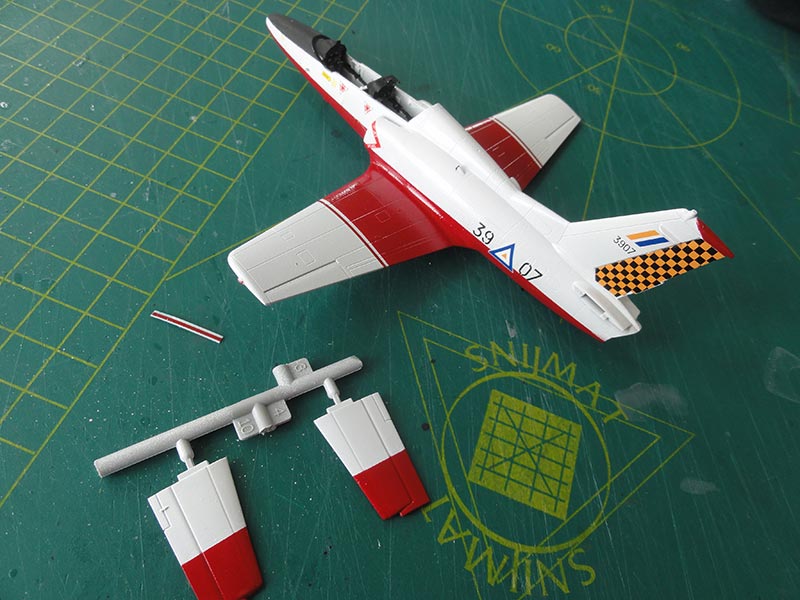
The remainder of the kit was made as described for the other models. A little wash was added in the recesses of ailerons and rudder.
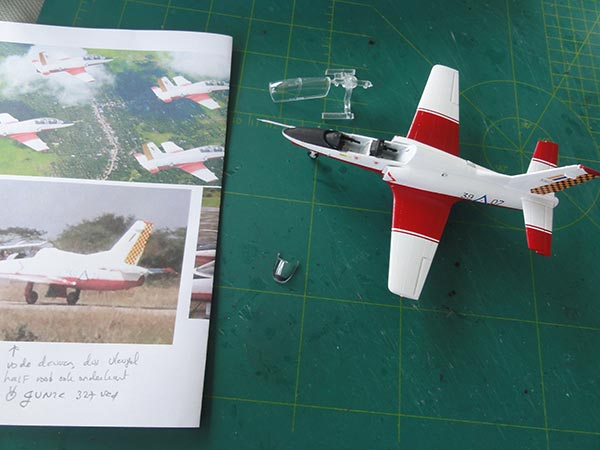
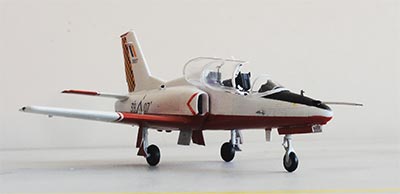
A gloss varnish of FUTURE was airbrushed at last before adding the canopy.
..
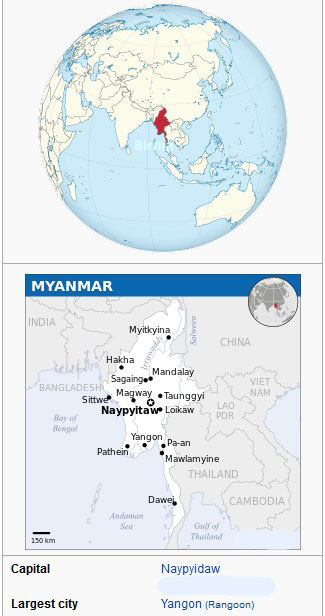 .
. ..
.. ..
..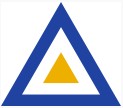 ............
............[ 676,500 sq.km | population: 54 million | capital: Naypyitaw | GDP per capita USD 1,400 ]
Burma or Myanmar as the country is known from 1989 is in South East Asia. It became independent in 1948 but the Burmese air force was set up earlier in 1947 though it was still under British rule. Aircraft were types like Oxfords, Tiger Moths and Spitfires. In the mid 1950s Vampire jets arrived and 3 bases were established. In 1962 there was military coup and unrest remains a characteristic. During the years aircraft were also types like the Sea Fury, Provost, Otters and various helicopters including the Kaman Huskie. In 1976 and years to follow Pilatus aircraft arrived like the PC-6, PC-7 and P-9. The country is usually ruled by a military junta. After again a military coup, from the 1990s a more Chinese orientation was chosen. Shenyang aircraft were acquired like the F-7, Q-5/A-5 and transports from Harbin (though still Fokker F-27 are also used). From Yugoslavia came in 1991 Soko G-4 Super Galebs armed jet trainers.
Myanmar obtained probably some 10 F-7M Air Guard aircraft with delivery starting in 1991. These were followed by about 48 F-7BK. In the 2000s refurbished F-7 fighters were operational with Elba systems. Helicopters comprise a large range of Mil helicopters but also a few Bell helicopters. Second hand MiG-29 fighters arrived from 2001 purchased from Belarus. For training probably over four dozen K-8W Karakorum are locally assembled in the country with help of CATIC of China. They are stationed at the Flying School at Namsang. Air bases are at Hmawbi, Mingaladon, Shante, Nampong, Keng Tung and Namsang. But the effecteviness of the Air Force is unclear as it is quite an isolated country. In 2016 a new sort of government with more opposition input was set in place after elections in the country with over 50 million inhabitants. (It appears that the Chinese JF-17 Thunder is ordered).

K-8W Myanmar air force
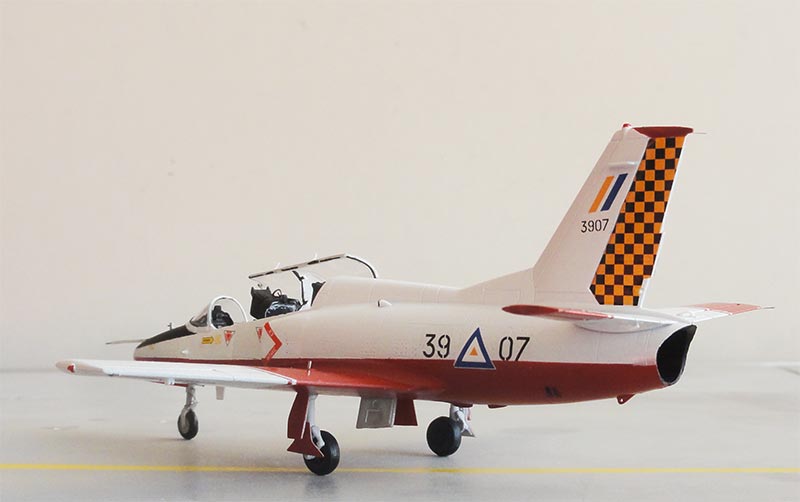

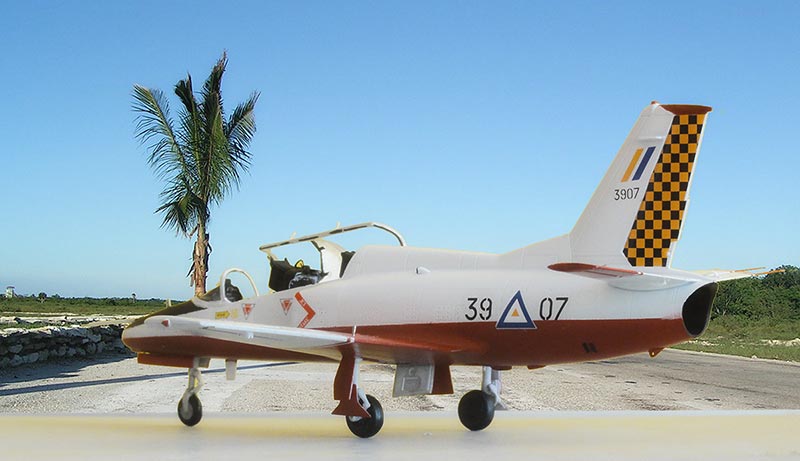
On to next [ Page 4... ]
Back to 1/72 Models

(c) Copyright Meindert "designer"/ All rights reserved. Your comments are welcomed by webmaster
Created June 19, 2017
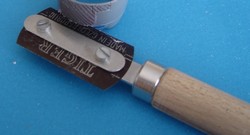

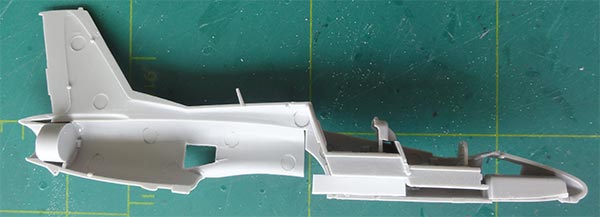
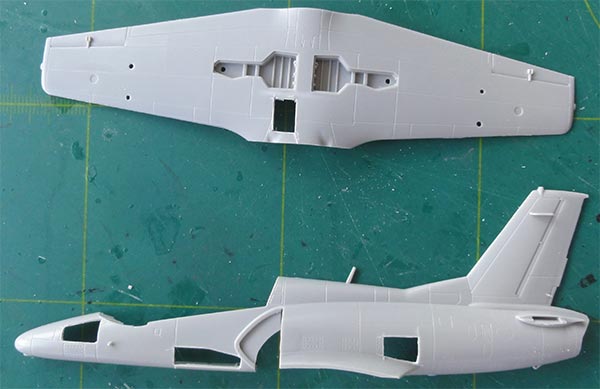

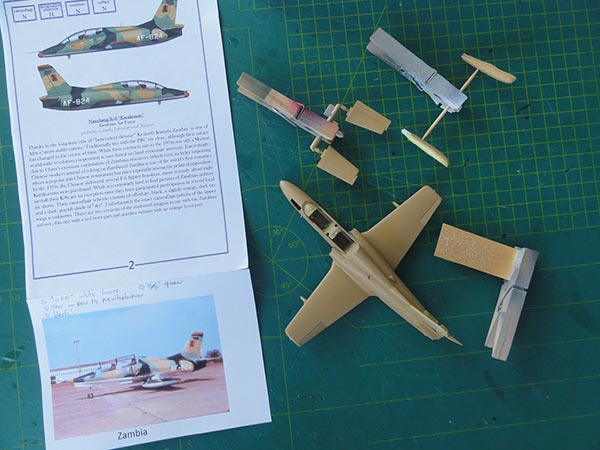

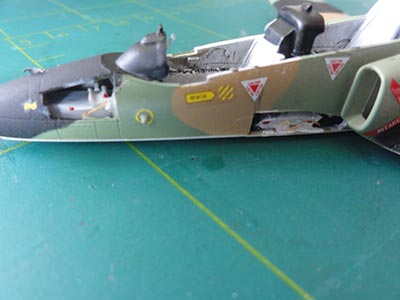
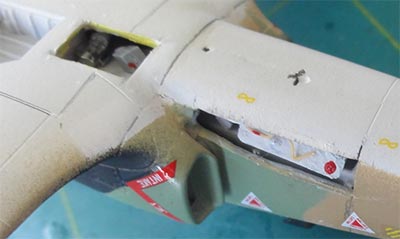
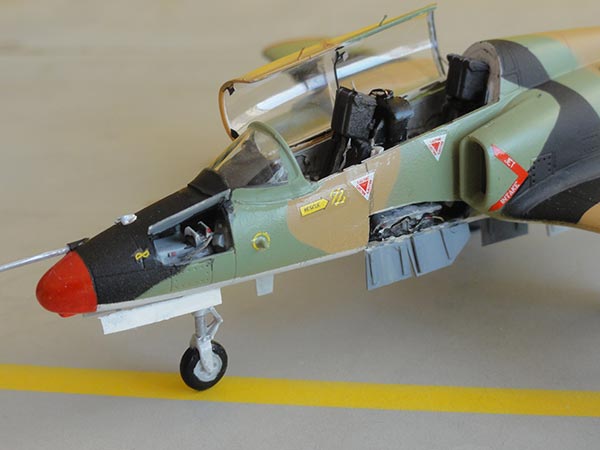


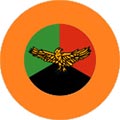 ..
..